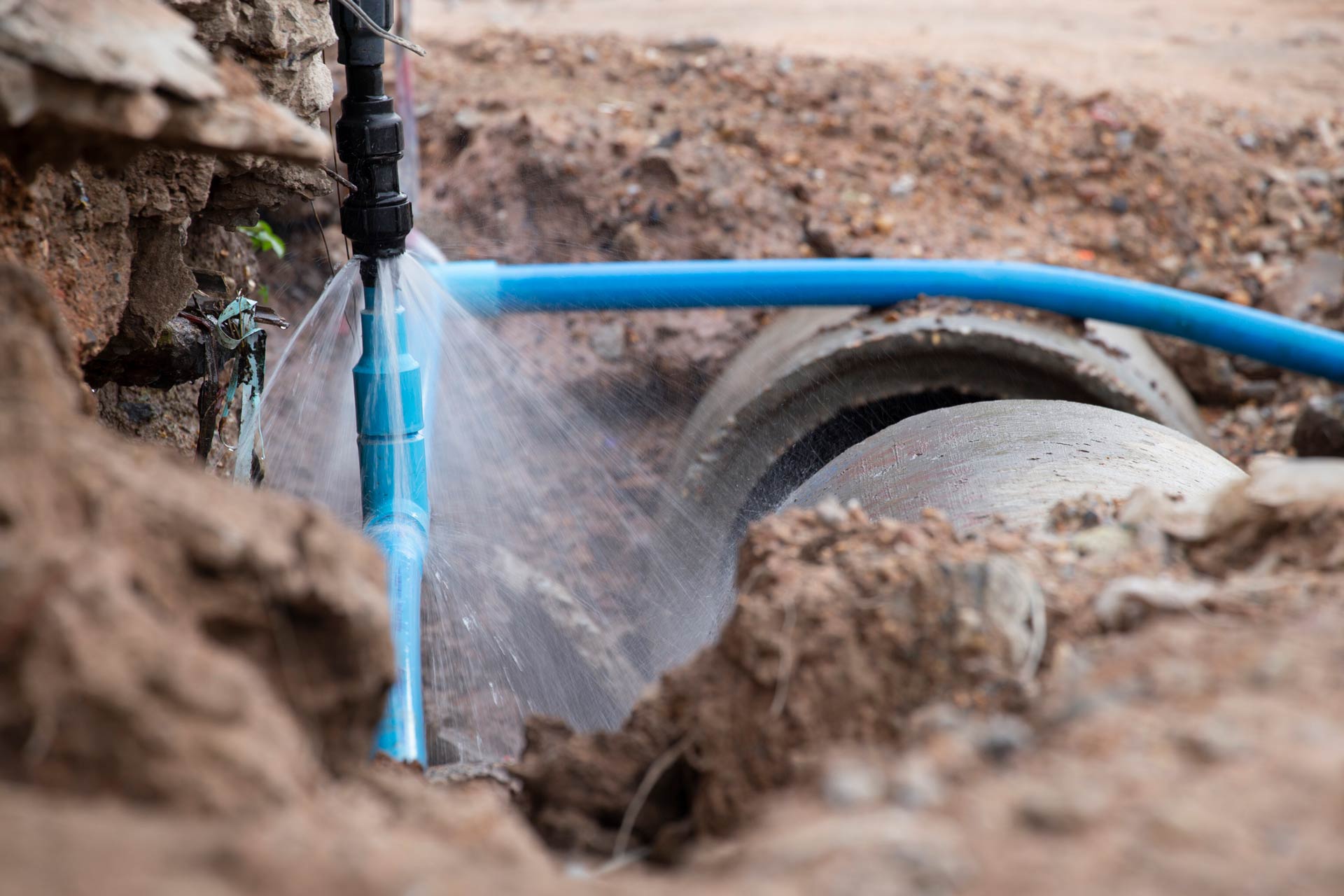5 Signs Your Main Sewer Line Is Getting Blocked

Your main sewer line, the drain that all of your house's drains are connected to, is responsible for carrying water and sewage out of your home and into the city's sewer system or your personal septic tank. It is a vital part of your home's plumbing. And if it gets clogged, you will learn just how important it is.
A backed up main sewer line can cause significant damage to your home if left unaddressed. Water damage, standing sewage, backed up gasses, and total main line failure can all occur if your main line becomes completely blocked. Watch out for these signs before a drain problem gets out of hand.
1. Slow Running Drains
One slow-running drain is often just a sign that something is wrong with that particular drain. However, if more drains are involved, you may be facing a larger problem. Repeatedly clogged toilets, backed-up sinks, slow-draining showers, and gurgling floor drains could all point to a partial main-line blockage.
If left alone, a small blockage can become a huge problem. That's why you should contact your plumber if you have more than one slow drain. While you may be able to take care of one clogged drain, all the home remedies in the world won't fix a backed-up main sewer line.
2. Random Water Backups
When water doesn't have anywhere else to go, it backs up into other places. Your main line is like a tree trunk, with all the drains from your sinks, dishwasher, shower, and drains being the tree branches. If the trunk is blocked, any draining water will not go out of the house, but it will definitely go someplace else.
For example, your sink may fill up with water whenever you run the dishwasher, or water may bubble up from your basement floor drain when you take a shower. These are all signs that water isn't freely flowing down your main sewer line.
3. Bad Smelling Drains
Stagnant water, filled with waste and food scraps, stinks very badly. Even if you do not have any noticeable standing water, multiple bad smelling drains may indicate that the water is backed up in the pipes and not able to evacuate your home properly.
4. Water in Basement
Floor drains, usually located in the basement, garage, or laundry room, are connected to your main sewer line. Since water will always try to run downhill until it has stopped, you may notice water backing up around these drains before it starts to collect in your sinks and bathtubs.
Inspect these areas regularly for any smells, gurgling sounds, standing water, and dampness on the floor around the drain. Also, be on the lookout for signs that water has been in the area, such as dried rings around the drain and mold or mildew stains.
5. Seepage Around Sewer Cleanout
In warmer regions, the sewer cleanout access is located outdoors. There can be more than one access, which may be obscured by landscaping. But hey can be easily located if you look for them. Simply look for a raised pipe with a screw-on plug or hinged round cover.
If you find any standing water or backed-up sewage around your sewer cleanout access, you may have a blocked main line. Since these accesses can be located anywhere, you should know where yours are so you can inspect them regularly.
If you have any of the above signs of a slow-draining main sewage line, call Mike's Plumbing
to speak to a plumbing expert or to schedule a complete investigation into the matter. We're ready to help with your preventive sewer maintenance needs.






